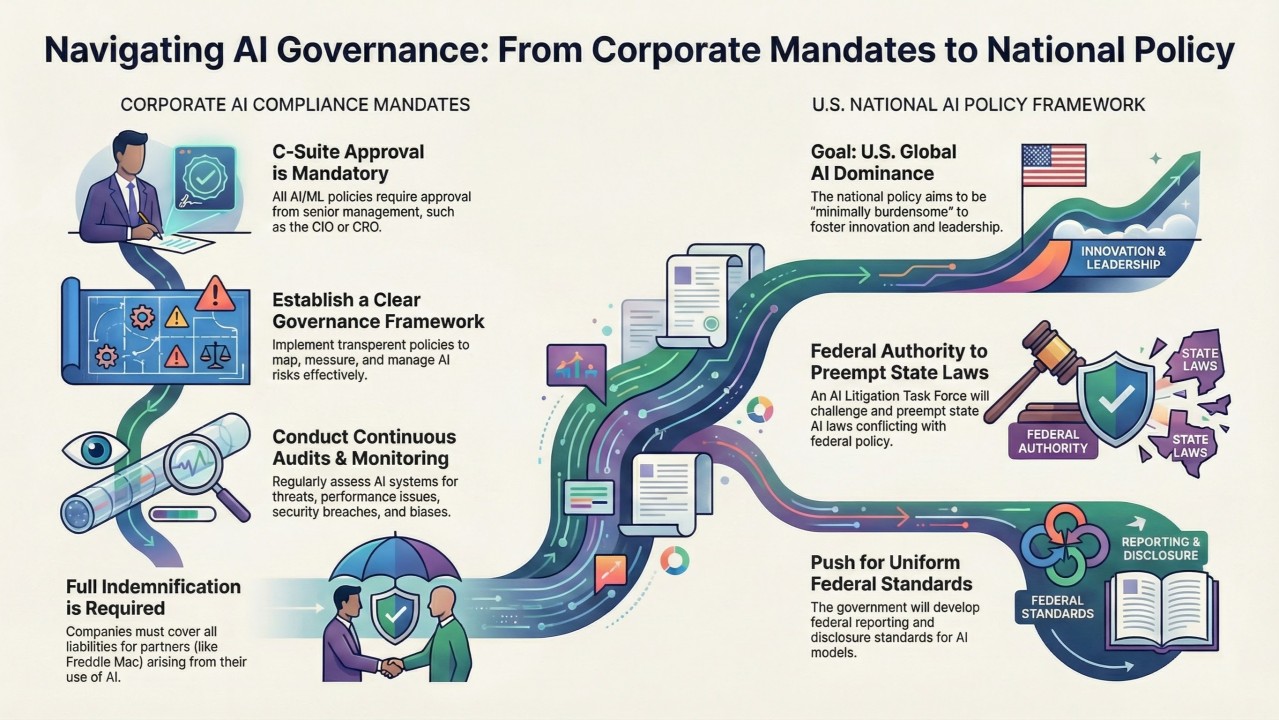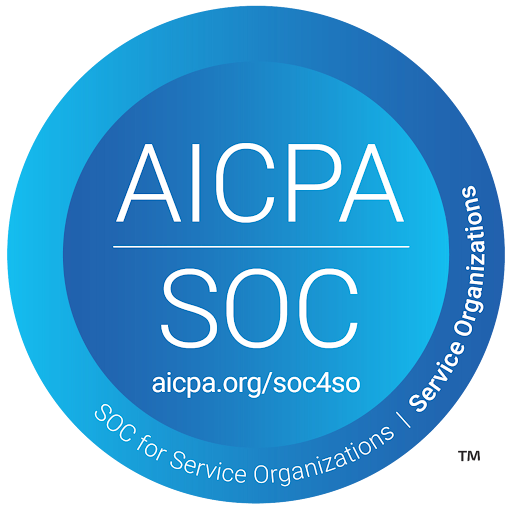Pillar 1: The Right Strategy
As Consultants, we see many organizations embarking on a Salesforce implementation or have one in process. In most instances we see similar themes in the strategy for implementing a world class CRM - better customer experience, increased sales pipelines, automation of team member or customer activities. However, the difference is that we are more centered around how to achieve these goals. Some launched into the implementation believing they had the recipe for success figured out but then came to realize, often after a tremendous amount of spend, not so much. Others spend so much time analyzing and evaluating all the possibilities, that rabbit holes become the norm and before they know it, momentum is lost, and discourse sets in before taking one step forward. There is no way around it, a successful "Salesforce implementation" is not something that just happens. Salesforce is a complex tool with robust capabilities. Any implementation, in particular a Salesforce implementation, should be thoughtful, purposeful, and driven with intent to produce the desired and expected value. Implementing Salesforce iteratively and successfully means that we must have the right ingredients, specifically a foundation that sets all team members up for success. PhoenixTeam's CEO and managing partner Tanya Brennan and partner Paul Weakley shared our recipe for knocking a Salesforce implementation out of the park during NEXT’s Winter '21 summit. It comes down to three pillars: the right strategy, the right process, and the right people. This blog is all about the right strategy and setting the foundation for success. Let us dig in.Companies want a plan, but plans are inherently inflexible. They want a roadmap, but roadmaps are aspirational and highly subject to change based on a multitude of factors, including ever-changing business needs. What you need is the right strategy. A strategy that allows you to move fast, fail, learn from failure and do it right. We know that one of the keys to any successful implementation is to have a strong strategy, and more importantly, clarity on the strategy.Granted, having the right strategy applies to implementing any new product or initiative. It is especially important to have an effective and bullet proof strategy when implementing something like Salesforce. After all, the decision to purchase was likely made with great care and consideration. As you dive into developing the right strategy, remember that Salesforce is a platform on which you are building your product. Regardless of whether it involves only Salesforce or is a complex solution with integrations across your technology landscape, it still requires that you treat the Salesforce functionality as a product component of the solution. We recommend product leaders keep these four fundamentals at the forefront of their minds when developing the right strategy: (1) know the specific business problems you are looking to solve (2) keep the customer or end user at the center of all you do and every product decision to be made, (3) commit to delivering value incrementally, and perhaps most importantly, (4) always seek feedback to validate what has been delivered is truly valuable.So, how do we at PhoenixTeam help our Clients develop the right strategy for their Salesforce implementation?First, we work closely with critical stakeholders to understand, help develop and refine a rock-solid business strategy. Good business strategies are simple, to the point and easily understandable to others, particularly those working on the Salesforce implementation. Why settle for good when you can be great? A great strategy elicits alignment and excitement out of the gate. The vision and mission statements are direct, outcome focused and most importantly, reflect the value of the strategy. We spend the right amount of time with our Clients to learn the “what” and “why” of the current state functionality and processes. This sets us up nicely for a smooth transition to establishing a future state.Next, based on our desired target state, we define solid, measurable, and clear strategic goals, objectives and key results that align to our strategy. Here are a few of our non-negotiables when it comes to developing, and gaining alignment on a strategy:
- Do the business problems tie to the strategic goals? If not, take some time to re-evaluate. Misalignment between the business problems you are looking to solve, and the strategic goals will create churn and confusion across all team members. Lack of strategic clarity is a problem we hear often and seek to solve immediately.
- Have you defined clear cut KPIs and success metrics? This can be hard – we know. But, putting in the brain power to clearly call out how you are going to measure value is critical to building morale, understanding and buy-in on expectations so you can achieve your goals.
Finally, given Salesforce is a highly extensible platform, forming the right strategy to balance the use of the declarative framework and custom development will optimize the speed of delivery and the maintainability of the solution. Your solution is not done after the first pieces of functionality are built and delivered. Remember, you are building a product, not implementing a Salesforce feature. Products are iterative with short increments to add value. It may be more beneficial for a quick solution to start realizing that value while a more robust solution is being developed over time. Salesforce was built with flexibility in mind. Use this to your advantage as this is a common theme with modern software development frameworks: maximizing the work not done to achieve the value. It is a multi-tenant infrastructure and sharing those resources means you will need to adapt your mentality. Embrace the platform. Define your strategy to make the most of Salesforce and embrace its strengths. Ensuring you have the right strategy is the greatest influence and input into
Pillar #2: Defining the Right Process.
PhoenixTeam is a women-owned small business that provides mortgage technology solutions to improve the home loan experience for borrowers and help financial institutions, technology providers, and government agencies achieve their desired outcomes. With a focus exclusively on the mortgage industry, we delight clients and deliver better business solutions through technology implementation excellence.




